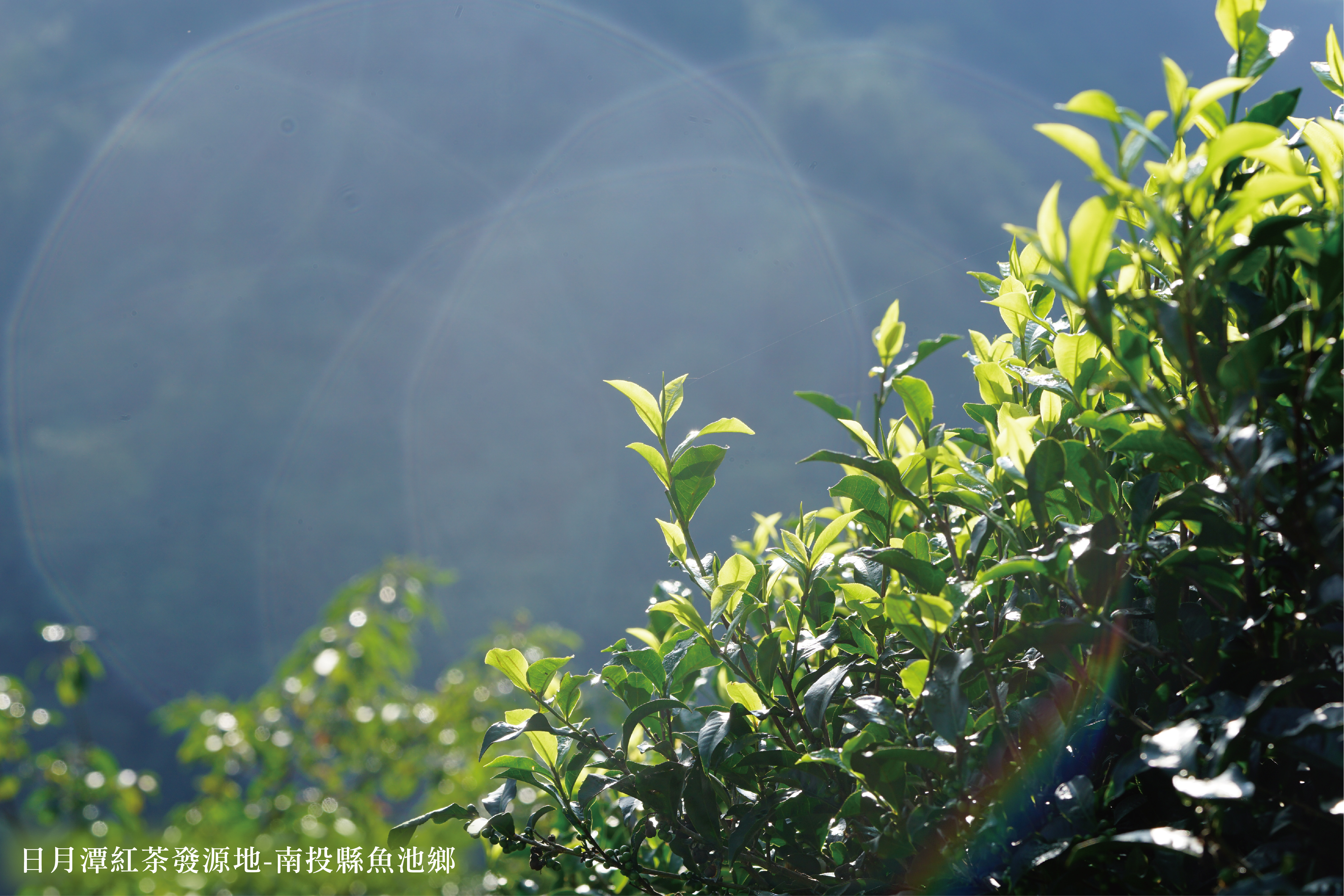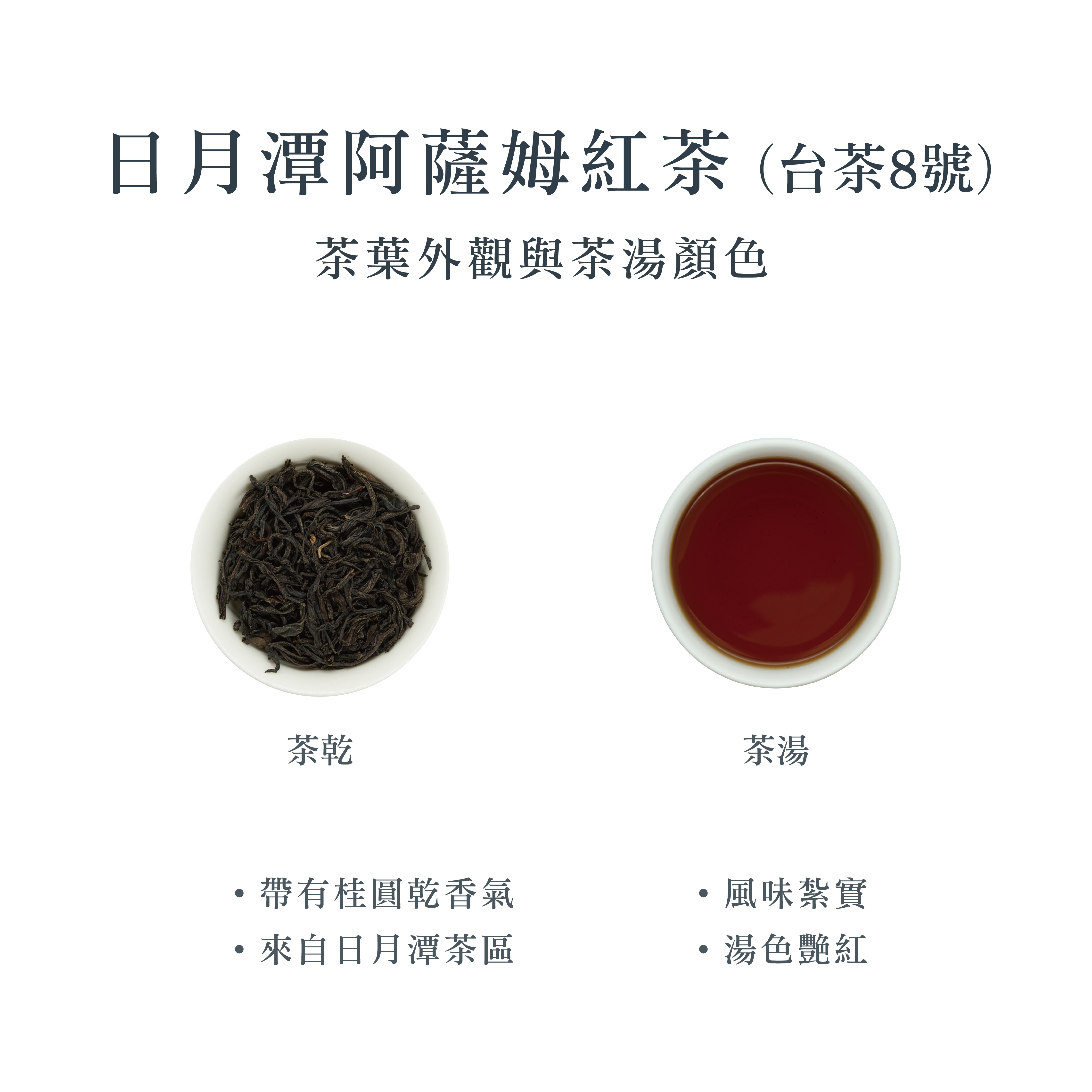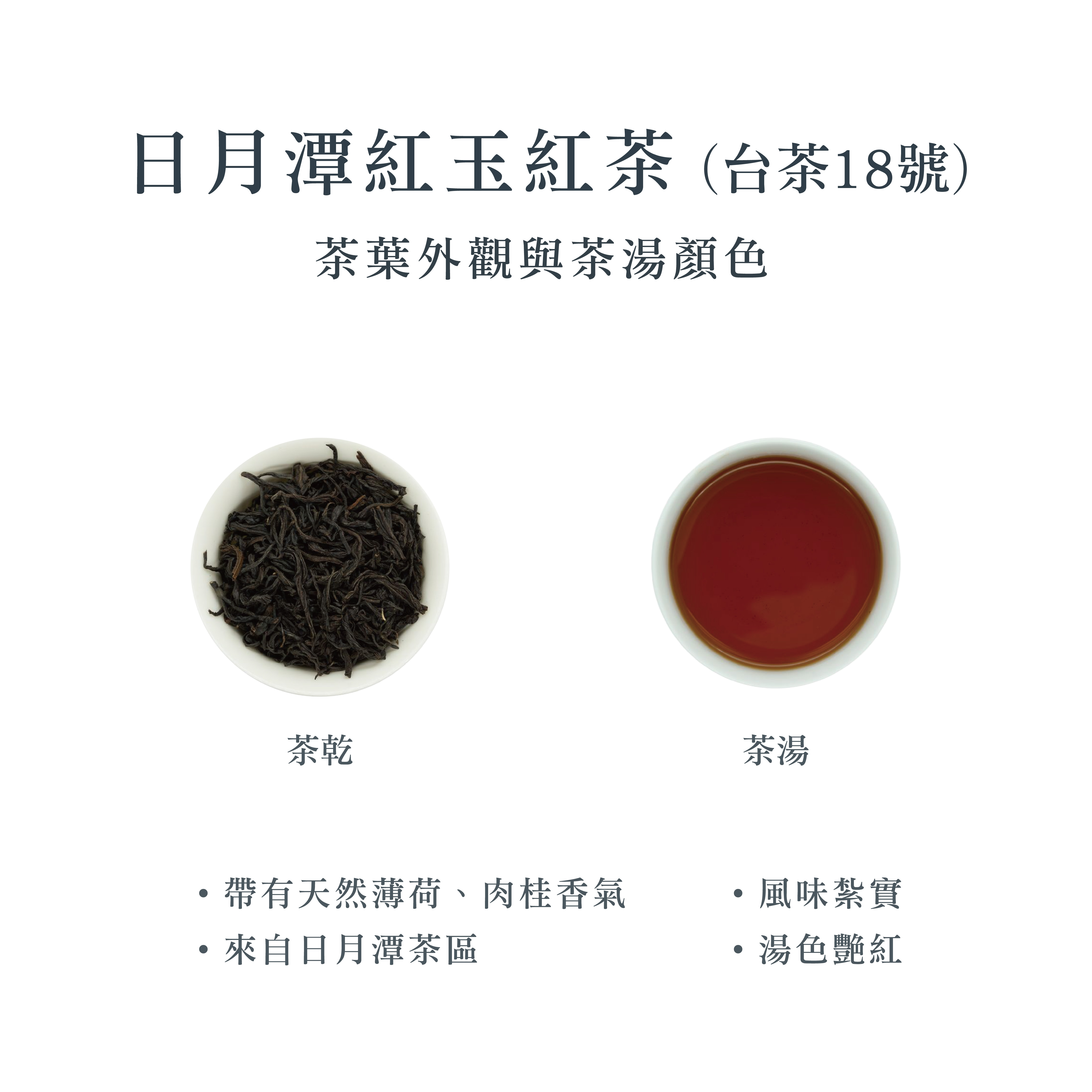Taiwan’s tea industry has flourished for nearly two centuries, enduring changes from the Qing Dynasty through Japanese rule to the present day. It's fascinating to think that black tea, now a beloved beverage, once had a transient presence in Taiwan’s tea culture.
Taiwan’s tea journey began with native tea species during the Dutch colonial period, followed by the introduction of small-leaf tea from Fujian during the Qing rule, and later, the large-leaf tea varieties from India brought in during the Japanese era.延伸閱讀 -原始臺灣林蔭的風味|高雄六龜山茶
Taiwan’s path to black tea production began under Japanese rule when small-leaf oolong tea plants were initially used to make black tea. Taiwan successfully exported its black tea to Russia for about a decade before expanding into the European market. However, Europe’s preference for the bold flavors of English-style large-leaf black tea quickly dampened the demand, leading to a twenty-year pause in Taiwan's black tea exports, as the country had yet to cultivate large-leaf tea varieties.
Large-leaf tea seeds were imported from India during the Japanese period, where they were crossbred with native Taiwanese tea plants. Around the same time, global black tea prices dropped due to overproduction, but Taiwan, not bound by the International Tea Agreement, capitalized on this opportunity, exporting high-quality large-leaf black tea. This tea gained popularity internationally, surpassing the export of oolong and pouchong teas.
After WWII, Taiwan’s economy boomed. Rising wages and production costs, coupled with an influx of low-cost black tea from India and Southeast Asia, made Taiwanese black tea uncompetitive on the global market. Internally, Taiwan’s tea culture revolved around the prized “Northern Pouchong and Southern Dong Ding” teas, overshadowing black tea.
The market for black tea remained quiet until the 1990s when Taiwan’s burgeoning bubble tea industry reignited local interest. Following the devastating 1999 earthquake in Nantou, the Tea Research and Extension Station (TRES) launched a new tea variety, Taiwan Tea No. 18, or Ruby Red Tea, to boost local tea production. This development reminded consumers that Sun Moon Lake was the historical birthplace of Taiwanese black tea. The TRES, along with Yoshantea, promoted the brewing of black tea in purple clay teapots, a practice led by then-vice president Qiu Chuifeng and Yoshantea’s General Manager Yeh Shupen.
The roots of Taiwan’s black tea lie deep in Sun Moon Lake, where renowned agricultural expert Niioka Kengichiro—often referred to as the Father of Taiwanese Black Tea—experimented with both Assam large-leaf tea plants from India and native Taiwanese tea varieties. His success with these cultivars established Sun Moon Lake’s reputation as a major black tea production hub and made black tea a key Taiwanese export.
Sun Moon Lake Assam Black Tea, known as Taiwan Tea No. 8, was one of the first teas to incorporate large-leaf tea plants, gaining great popularity during the Japanese era. With its vivid red tea liquor and clear longan aroma, it offers a rich, full-bodied taste that is neither bitter nor astringent, perfect for enjoying with milk and pearls.
#TaiwanTeaNo8 #TaiwanTeaNo18 #AssamBlackTea #RubyRedTea #India #Myanmar #LargeLeafTea #SmallLeafTea #EnglishBlackTea #TaiwanBlackTea #FatherOfTaiwanBlackTea #NiiokaKengichiro #NantouTeaCountry #SunMoonLake #YuchiTownship #NantouTeaCultureMuseum #yoshantea #taiwantea #dongdingtea #oolongtea #teafactory #FSSC22000 #safetea



